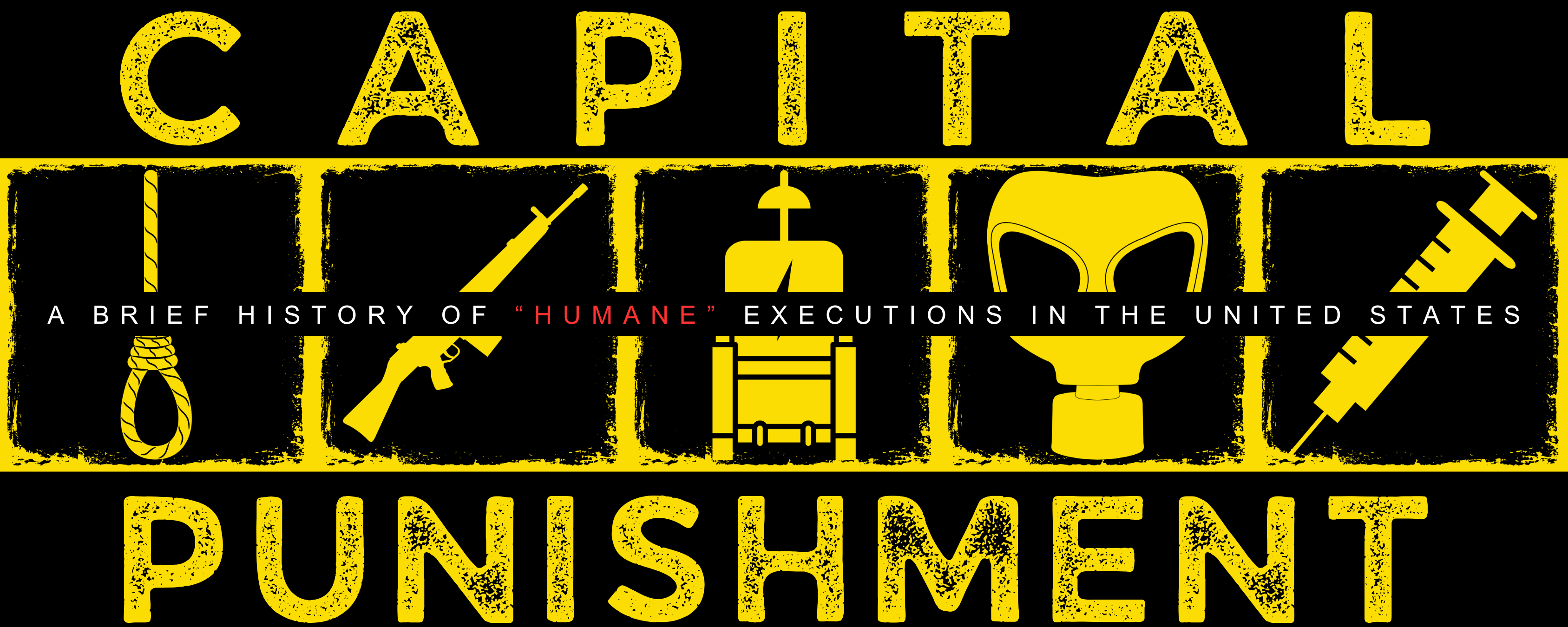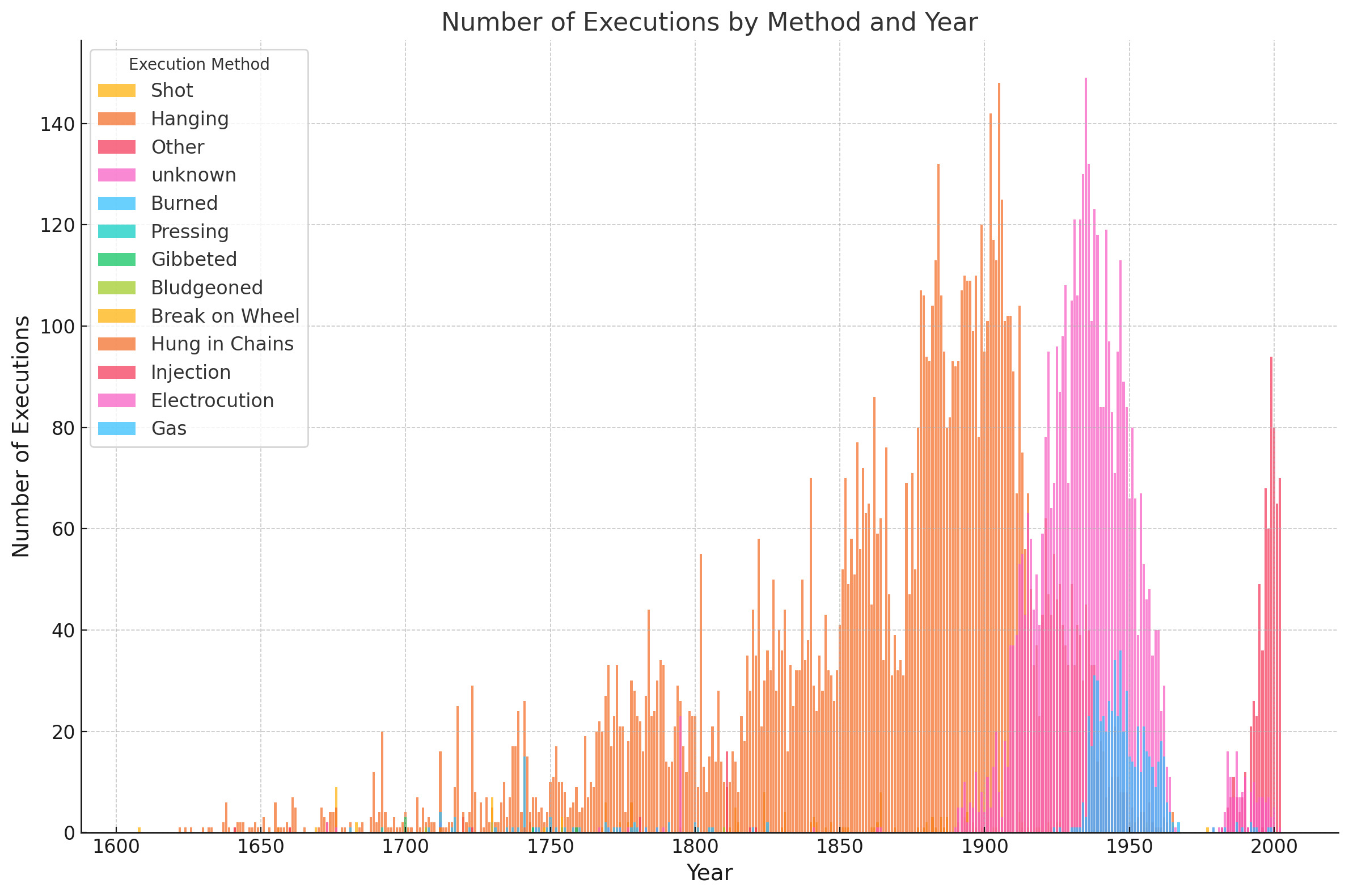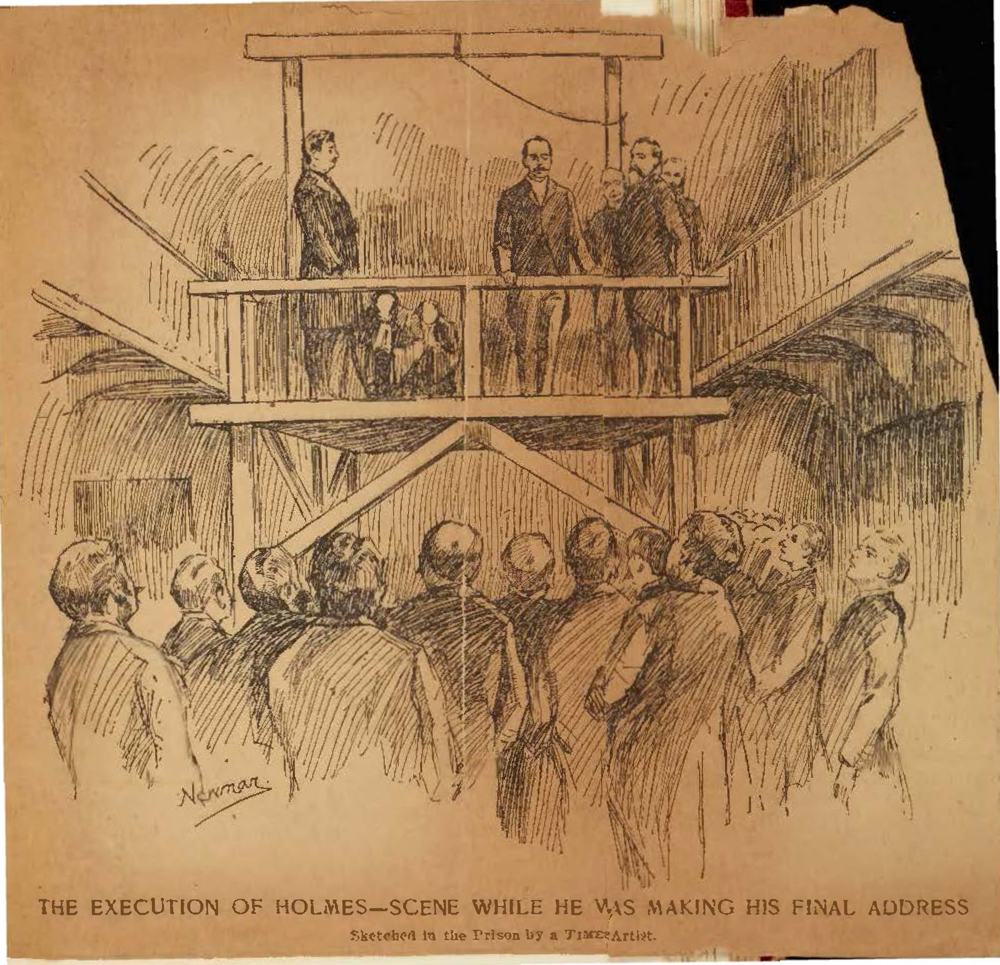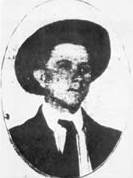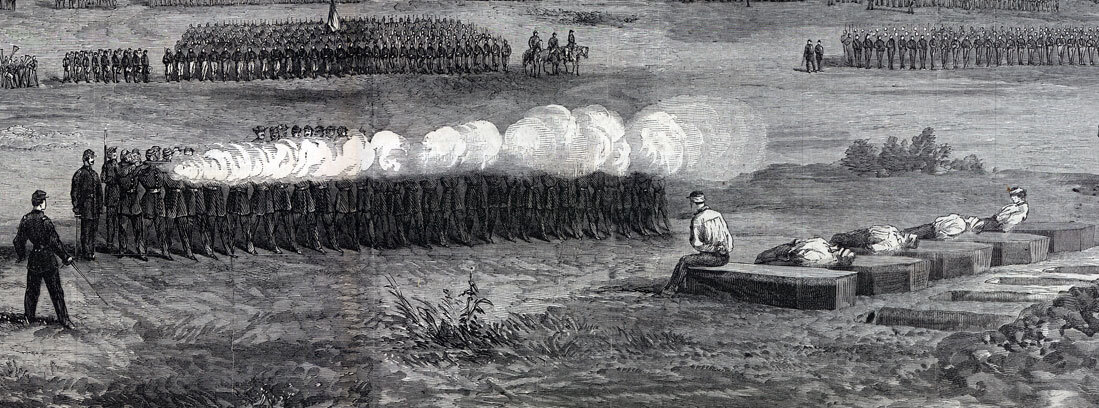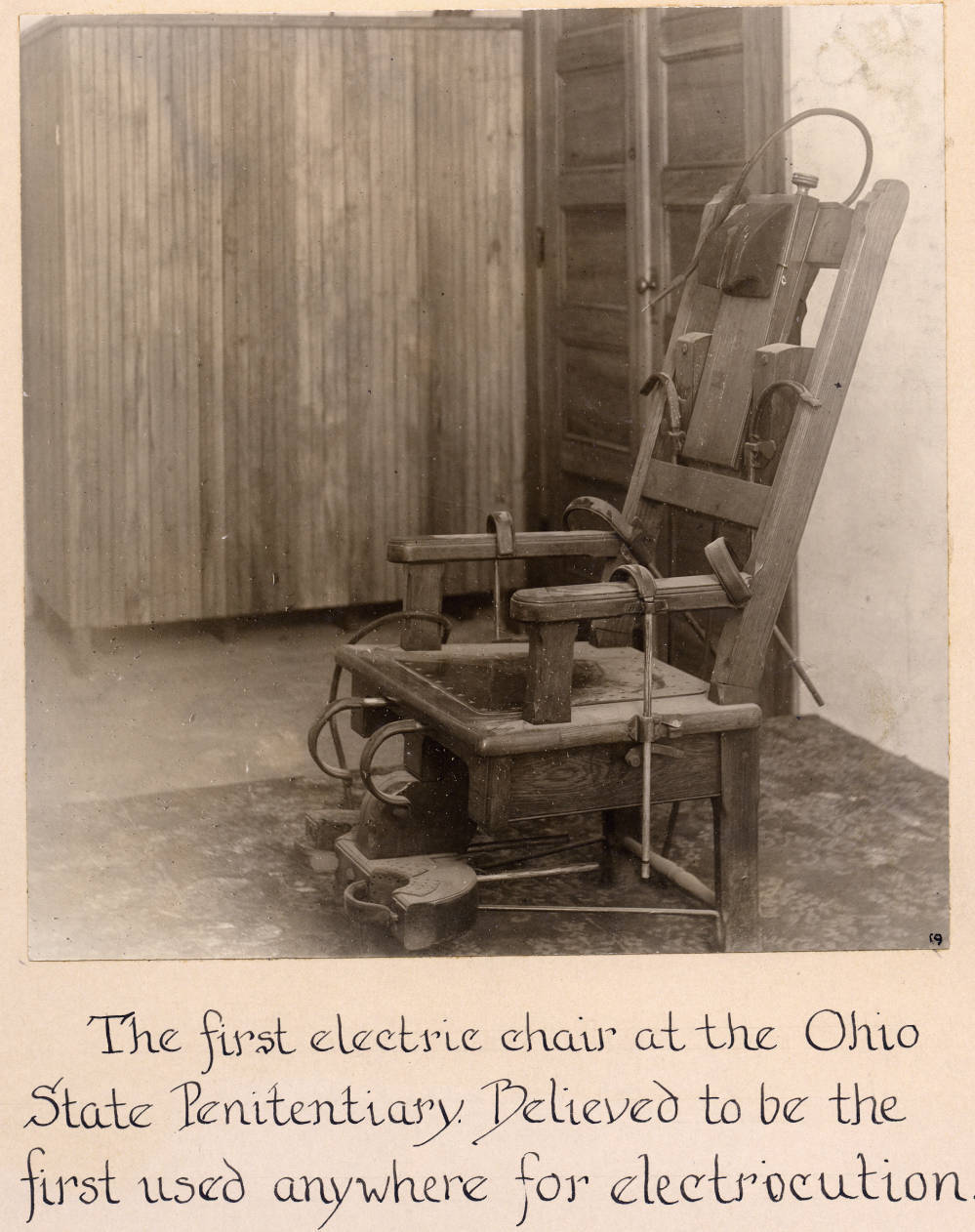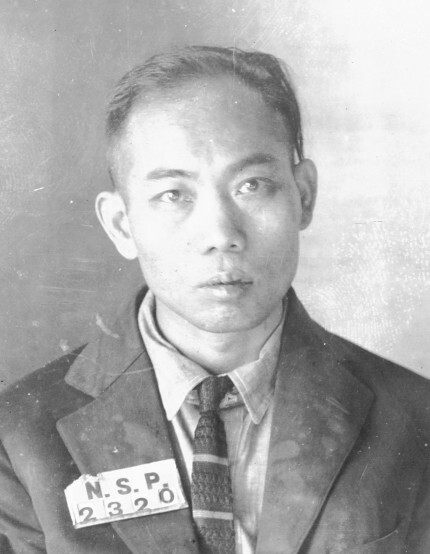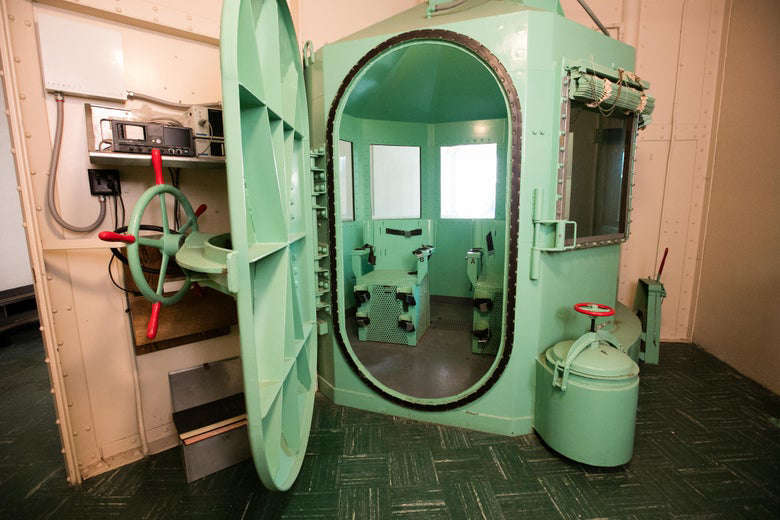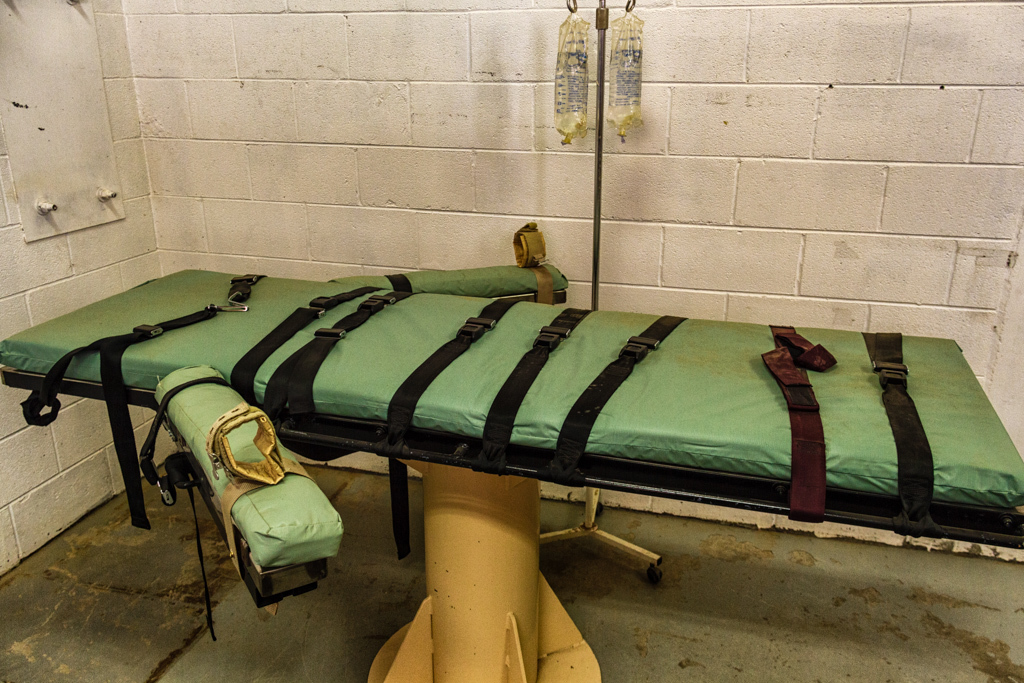Pursuit of Humanity: The Evolution of Execution Methods
Throughout the history of capital punishment in the United States, various methods have been employed to carry out executions. From the early reliance on hanging to the usage of emerging technology to facilitate executions such as electrocution and lethal injection, the evolution of execution methods reflects shifting social attitudes and efforts to make state killing more palatable. The five main forms of execution used in the United States—hanging, firing squad, electrocution, gas chamber, and lethal injection—at sometime were all touted as being the most “humane” form of execution.
Hanging
One of the oldest forms of execution, having even appeared in Homer's Odyssey, hanging was the predominant method of execution in the United States from the colonial to the Gilded Age. Proponents of hanging argued that it was a relatively inexpensive and simple way of carrying out executions at the local level. However, hanging was also known to be highly unpredictable, with many executions resulting in a slow, painful death by strangulation rather than a quick death from a broken neck.
The botched hangings of Jody Hamilton in 1906, George Robinson in 1902 and John Harris in 1913 demonstrated failings of hangings to serve as a reliable, and watchable form of exeuction.
Hamilton's first drop did not break his neck, and he fell to the ground below the gallows, still alive but severely injured. He had to be hoisted back up and hanged a second time before he finally died. Newspaper reports described the spectacle as a "horrible affair" and a "gruesome bungle."
Simiarly, Robinson had to be hung twice after the first rope broke. In the case of John Harris, he fell to the ground with the rope around his neck and had to be manually lifted and hanged again.
As public sensibilities evolved in the 19th and early 20th centuries, hanging came to be seen as a barbaric and undignified method of execution. Many states moved to abolish public hangings in favor of the newly emerging method of electrocution.
Firing Squad
The execution of firing squad is one of the few surviving methods of execution used today with the last time it was used being 2010. Despite it's longevity, it was relatively uncommon compared to hanging and other forms. Proponents of the firing squad argued that it could be a quick and painless way to carry out executions, with a properly aimed volley of gunfire causing instant death.
Some executions reportedly required multiple rounds of gunfire before the condemned died. In the case of Wallace Wilkerson, a stockman sentenced to death by firing squad in the Territory of Utah in 1879. Wilkerson chose execution by firing squad over hanging or decapitation. Tragically, the execution was botched, with the firing squad reportedly missing Wilkerson's heart and taking up to 27 minutes for him to die. Reportedly, Wilkerson screamed out, "Oh, my God! My God! They've missed it!" before suffering on the ground while the officers were unsure what to do.
Wilkerson's case, heard by the Supreme Court in Wilkerson v. Utah, continues to be cited in present-day discussions of cruel and unusual punishment.
Electrocution
Electrocution emerged in the late 19th century as a proposed alternative to hanging, was specifically marketted as a more "humane" and efficient method of execution. Advocates, including Thomas Edison, promoted electrocution as a clean, scientific means of putting convicts to death.
However, the early history of electrocution was marred by a number of horrifically botched executions, in which inmates suffered prolonged deaths amid smoke, flames, and the smell of burning flesh. The 1890 execution of William Kemmler was a notorious example, taking multiple shocks over the course of eight minutes before he was finally pronounced dead. Witnesses described the scene as "horrible" and "ghastly."
Other botched electrocutions include those of Frank White in 1903, who required six shocks to kill him, and Antonio Ferraro in 1900, who was shocked five times over eight minutes. In many instances, included the ones previously mentioned, the condemned convulsed, gasped, and endured a slow, agonizing death rather than the quick and painless demise promised by proponents of electrocution.
As these gruesome spectacles came to light, electrocution was increasingly criticized as a cruel and unreliable method. The botched executions of Jesse Tafero in 1990 and Pedro Medina in 1997, where flames erupted from the inmates' heads, further damaged electrocution's reputation.
The 1888 New York State Commission Report set forth to find the most humane methods of execution to replace hanging, which was the standard method at the time. The commission, led by Elbridge T. Gerry, ultimately recommended electrocution as the most humane and practical method of execution. This recommendation led to New York becoming the first state to adopt the electric chair in 1889.
Gas Chamber
In the early 20th century, some states turned to lethal gas as a proposed improvement over hanging and electrocution. People proposed that lethal gas would allow prisoners to peacefully die in their sleep and never waking up.
However, the reality of gas chamber executions often failed to live up to this promise. The 1924 execution of Gee Jon in Nevada's first gas chamber took several minutes for him to lose consciousness, and cracks in the chamber allowed the dangerous cyanide gas to leak out, contaminating the over thirty witnesses and other prison staff.
Years later, the execution of Allen Foster in North Carolina in 1936 was similarly botched, with Foster remaining conscious and struggling for eleven minutes as the gas filled the chamber. Eyewitness accounts described his prolonged suffering and agonizing death.
With lethal gas being more problematic than electrocution, and imagery of the Holocaust fresh in societies consciousness, gas chambers proved to be shortest lived method of execution. However, the United States wouldn't abandon the die of chemical killings.
Lethal Injection
That brings us to the last and currently most used method of execution: lethal injection. Lethal injection emerged in the late 20th century as once again, a "humane" solution to executions. Supporters argued that by simulating a medical procedure and using anesthetic drugs, lethal injection could provide a peaceful and painless death for the condemned.
However, lethal injection, like all other methods, had its share of problems. In the 1984 execution of Velma Barfield in North Carolina, it took fourteen minutes for the lethal drugs to kill her, with Barfield appearing to try to speak during the process. The 1995 execution of Emmitt Foster in Missouri was also botched when the drugs stopped circulating, leaving Foster gasping and convulsing until the procedure could be restarted.
More recently, the 2009 attempt to execute Romell Broom in Ohio was called off after executioners failed to find a usable vein over the course of more than two hours, leaving Broom in obvious distress. And in 2006, the execution of Joseph Clark in Ohio took nearly 90 minutes due to issues with the intravenous line, with Clark at one point raising his head and declaring "It don't work."
While lethal injection remains the primary execution method in most states, despite having the highest failure rate of any method that has come before it. Its troubled history has led some to wonder whether any method of state killing can truly be considered "humane." The persistent difficulties in carrying out executions without inflicting significant suffering have become a stain on the death penalty itself, calling into doubt the ability of the justice system to end a human life in a dignified and painless manner.
